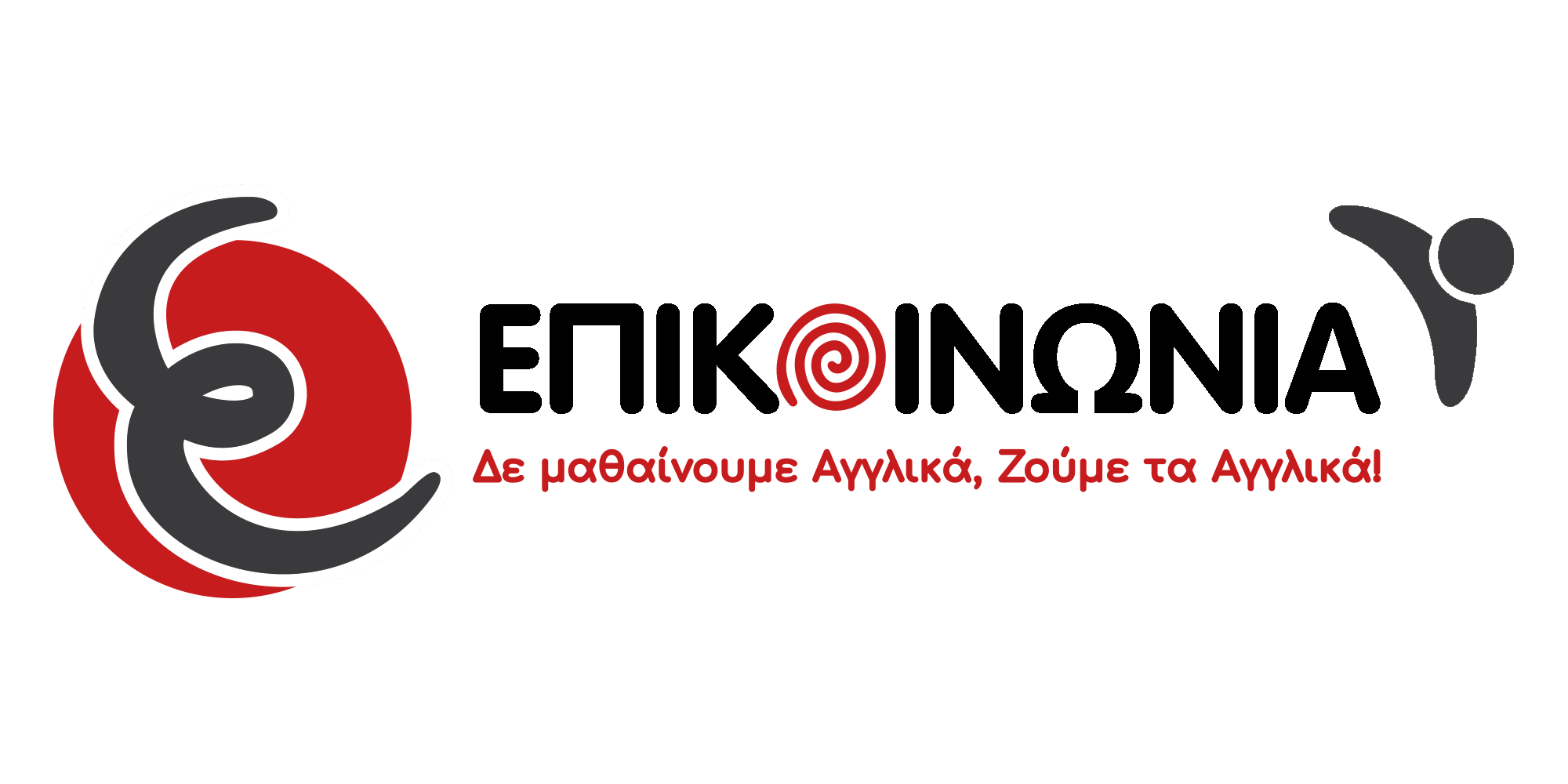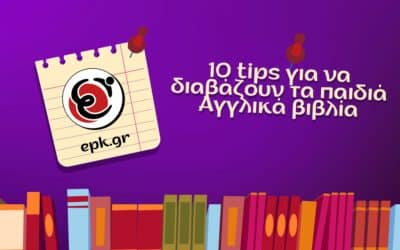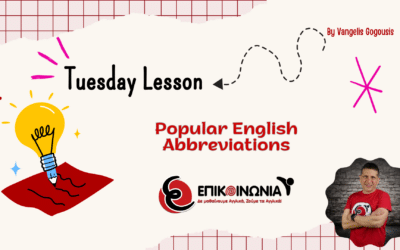Stative Verbs in Continuous Tenses
Stative verbs describe a state rather than an action. They often relate to thoughts, emotions, relationships, senses, states of being, and measurements. Typically, stative verbs are not used in continuous tenses (also known as progressive tenses) because their meaning inherently describes a condition or situation that is constant or habitual.
However, certain stative verbs can be used in continuous tenses to convey a different, often more temporary or active, meaning. For example, “have” generally expresses possession, but in the continuous form, it can mean partaking in an action, such as eating (e.g., “I am having breakfast”).
Here’s a brief explanation of some commonly used stative verbs that can change meaning when used in the continuous form:
- Have: Normally means “possess” but in the continuous can imply an action, e.g., “I am having breakfast.”
- Think: Generally means “believe” or “opine”, but in the continuous, it indicates the process of considering, e.g., “I am thinking about your proposal.”
- See: Usually means “perceive with the eyes”, but in the continuous, it can mean “meet” or “visit”, e.g., “I am seeing my doctor.”
- Feel: Typically means “experience an emotion” or “have an opinion”, but in the continuous, it focuses on the physical sensation, e.g., “I am feeling the fabric.”
- Look: Means “appear” in simple forms, but “examine” or “search” in continuous, e.g., “I am looking for my keys.”
- Taste: In simple form, it describes the flavor something has, but in continuous, it means actively sampling flavor, e.g., “I am tasting the soup to see if it needs more salt.”
1) “I am ___ a headache” typically implies experiencing a headache.
- A) having
- B) holding
- C) making
2)Choose the correct usage of “think” in continuous form:
- A) I ___ he is honest.
- B) I ___ thinking about moving to Athens.
- C) I ___ therefore I am.
3)”I am seeing stars” can imply:
- A) I am visualizing stars in my mind.
- B) I am looking at celebrities.
- C) I am dizzy or disoriented.
4″I am ___ the carpet” suggests touching it physically.
- A) feeling
- B) owning
- C) seeing
5)”I am ___ the sauce” indicates checking the flavor.
- A) tasting
- B) eating
- C) making
6)In which scenario is “look” used in a continuous form?
- A) You ___ wonderful tonight.
- B) I am ___ at the painting.
- C) He ___ confused.
7)”I am ___ trouble with this question” means experiencing difficulty.
- A) having
- B) making
- C) doing
8)”I am ___ about changing my job” implies actively considering it.
- A) thinking
- B) saying
- C) feeling
9)What does “I am ___ a movie tonight” typically imply?
- A) seeing
- B) looking
- C) appearing
10)”She is ___ great pain” usually means she is experiencing it.
- A) having
- B) making
- C) being
11)”I am ___ at a new school” can mean actively attending.
- A) studying
- B) looking
- C) being
12)”We are ___ fun at the party” suggests actively engaging in enjoyment.
- A) having
- B) making
- C) being
13)”I am ___ for my keys” implies searching.
- A) looking
- B) seeing
- C) appearing
14)”He is ___ about buying a new car” indicates he is actively contemplating.
- A) thinking
- B) having
- C) looking
15)”She is ___ better after the surgery” suggests she is improving.
- A) feeling
- B) being
- C) having
16)”I am ___ the new restaurant tonight” could mean visiting it.
- A) seeing
- B) tasting
- C) feeling
17)”You are ___ lovely today” when said to someone dressed well.
- A) looking
- B) being
- C) appearing
18)”They are ___ at the possibility of relocating” shows they are considering it.
- A) looking
- B) glancing
- C) thinking
19)”I am ___ my friend later” implies a planned meeting.
- A) seeing
- B) looking
- C) watching
20)”She is ___ the texture of the fabric” means she is touching it to feel it.
- A) feeling
- B) looking
- C) holding
21)”We are ___ a new flavor of ice cream” suggests trying it out.
- A) tasting
- B) having
- C) making
22)”He is ___ about his health lately” implies he is worried.
- A) feeling
- B) thinking
- C) seeing
23)”I am ___ about the consequences” shows consideration of the outcomes.
- A) thinking
- B) worrying
- C) having
24)”She is ___ with her work schedule” means she is busy.
- A) having
- B) doing
- C) being
25)”They are ___ a new strategy at work” indicates implementation.
- A) looking
- B) trying
- C) having
26)”I am ___ a new book” can imply reading it.
- A) seeing
- B) having
- C) reading
27)”You are ___ so thoughtful” when noticing someone’s kindness.
- A) being
- B) looking
- C) feeling
28)”I am ___ on a project” suggests active involvement.
- A) working
- B) doing
- C) having
29)”She is ___ for her lost necklace” means she is searching.
- A) looking
- B) feeling
- C) seeing
30)”He is ___ a new recipe tonight” could mean he is trying it out.
- A) trying
- B) making
- C) tasting
The Answers are Here






